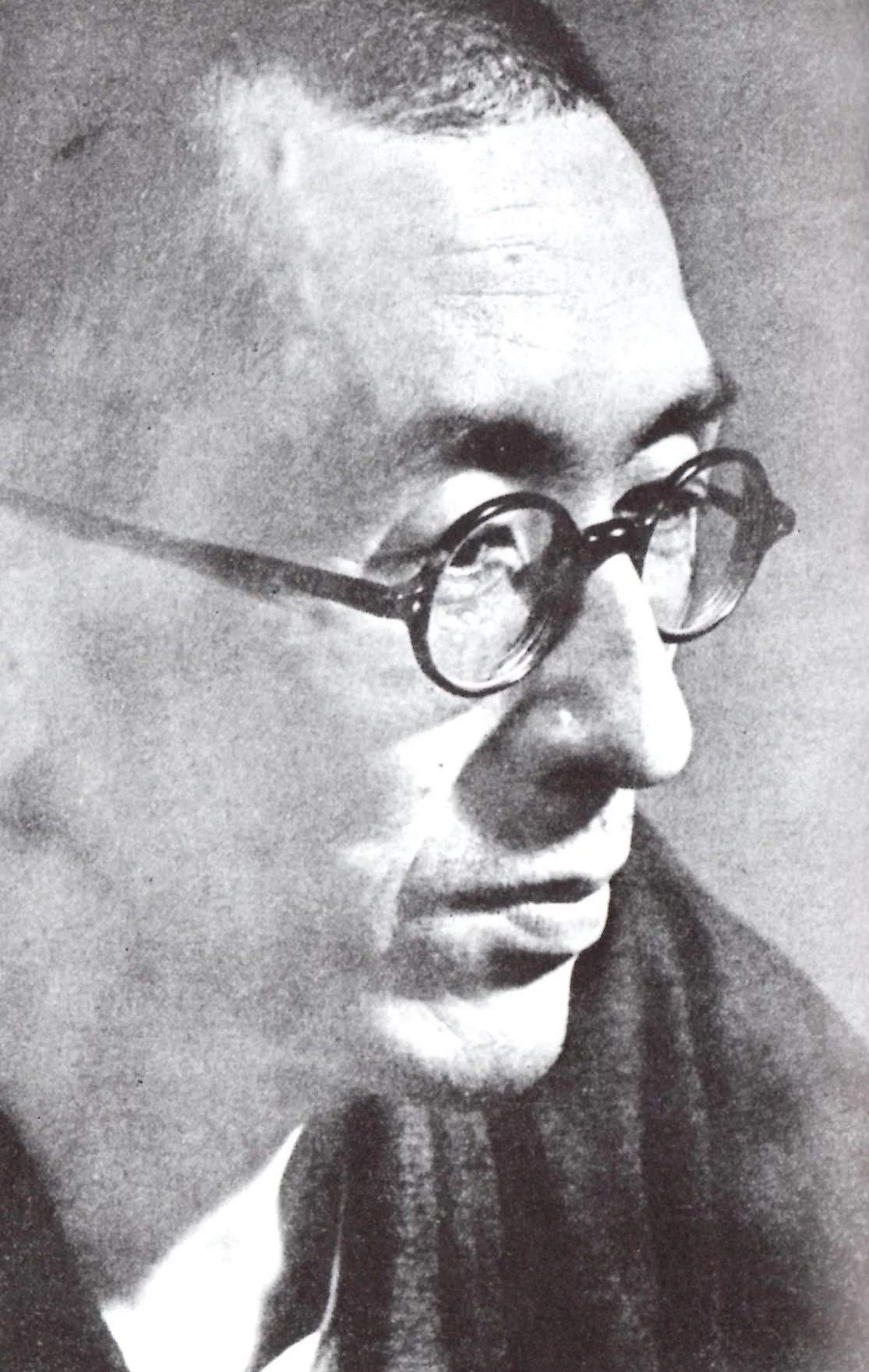Japanese Folkcraft—Keisuke Serizawa’s Mingei Map of Japan
The mingei movement was founded by the Japanese philosopher Soetsu Yanagi and exemplified by the textile designer Keisuke Serizawa, who was a leading artist exploring Japanese folkcraft ideas far beyond the boundaries of textile —working across media including kimono, scrolls, books, folding screens, curtains, fans, illustration, printmaking and other media.
On offer during our Japanese Art and Antiques Auction is a notable example of Serizawa working outside of the medium of textile design, and exploring traditional Japanese woodblock prints by combining both graphic design and cartography. As the title conveys—Traditional Rural Potteries in Present Japan—the work is presented as an organized, hand-crafted utilitarian aesthetic and functional map of Japanese folk art, and charts the locations of the most important mingei kilns in Japan.
Keisuke Serizawa was one of the greatest Japanese textile designers of the 20th century. In 1956, he was designated as a Living National Treasure by the Japanese government for his katazome stencil dyeing.
As a tribute to the craft heritage of Japan upon which the artist drew inspiration, Lot # 1291 is an exceptional Japanese woodblock print where Serizawa can be found exploring printmaking as a cultural “cartographer” mapping the world of mingei, or rural folkcraft in Japan. Informed by the work of Yanagi—Japanese art critic, philosopher, and founder of the mingei art movement in the late 1920s and 1930s—Serizawa maps both the folkcraft movement and offers tribute.
As the young philosopher Yanagi toured the Japanese countryside, there was an opportunity to study the traditional hand-crafted, practical objects made by local artists using traditional techniques. And as Yanagi was inspired by the utilitarian beauty of the objects he coined a word to describe them—mingei. Similarly, Serizawa documented the study of Japanese folk art and crafts by mapping it.
Among Yanagi’s most enthusiastic followers was Serizawa. Accordingly, the Map of Mingei is a celebratory and joyous tribute to both the philosophical ideas of Yanagi and to the craft heritage of Japan. Executed as a woodblock print, ink on paper, and published by Nihon Mingeikwan—Japan Folk Craft Museum—for an exhibition in 1963, this is a wonderful opportunity to own a limited edition print of Japanese folk art.
In this limited print, Serizawa presents a bold composition with shapes and vibrant colors expressed as a conventional map format to convey new meaning. For example, the use of color to represent geographical features; forms designed to represent regions; and fundamentally mapping the cultural significance of the mingei art movement and traditional rural potteries.
Serizawa’s works on paper and printed textiles are found in public and private collections as well as two museums in Japan solely dedicated to his work: The Municipal Serizawa Keisuke Art Museum in Shizuoka, and the Serizawa Keisuke Art and Craft Museum in Sendai. Lot # 1291, the Map of Traditional Rural Potteries in Present-day Japan can be found in the permanent collection of Asian Art at the Metropolitan Museum of Art.
With over 500 rare objects all thoughtfully hand-selected by expert appraiser Kaja Veilleux from notable estates throughout New England, our Japanese Art and Antiques auction is certain to please collectors of Japanese woodblock prints both near and far.
For assistance with bidding and registration, please telephone: +1 (207) 354-8141
Register online at live.thomastonauction.com
For all other enquiries please contact us.



